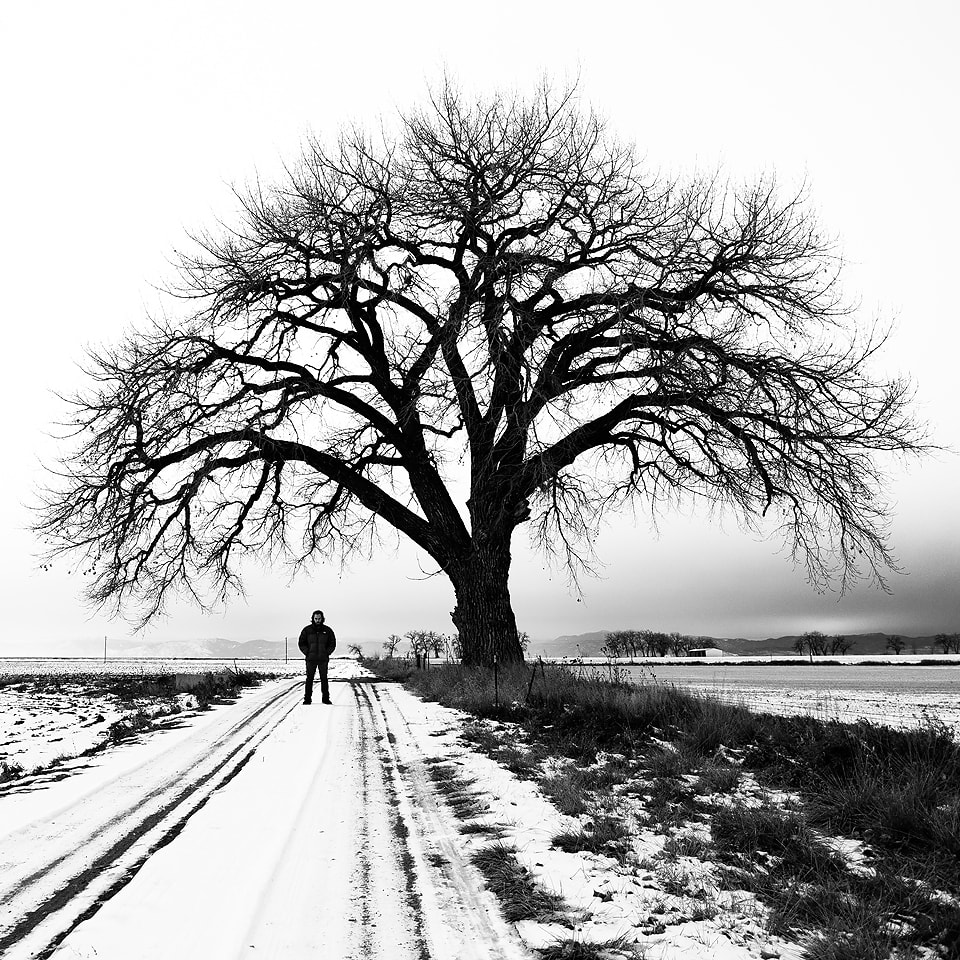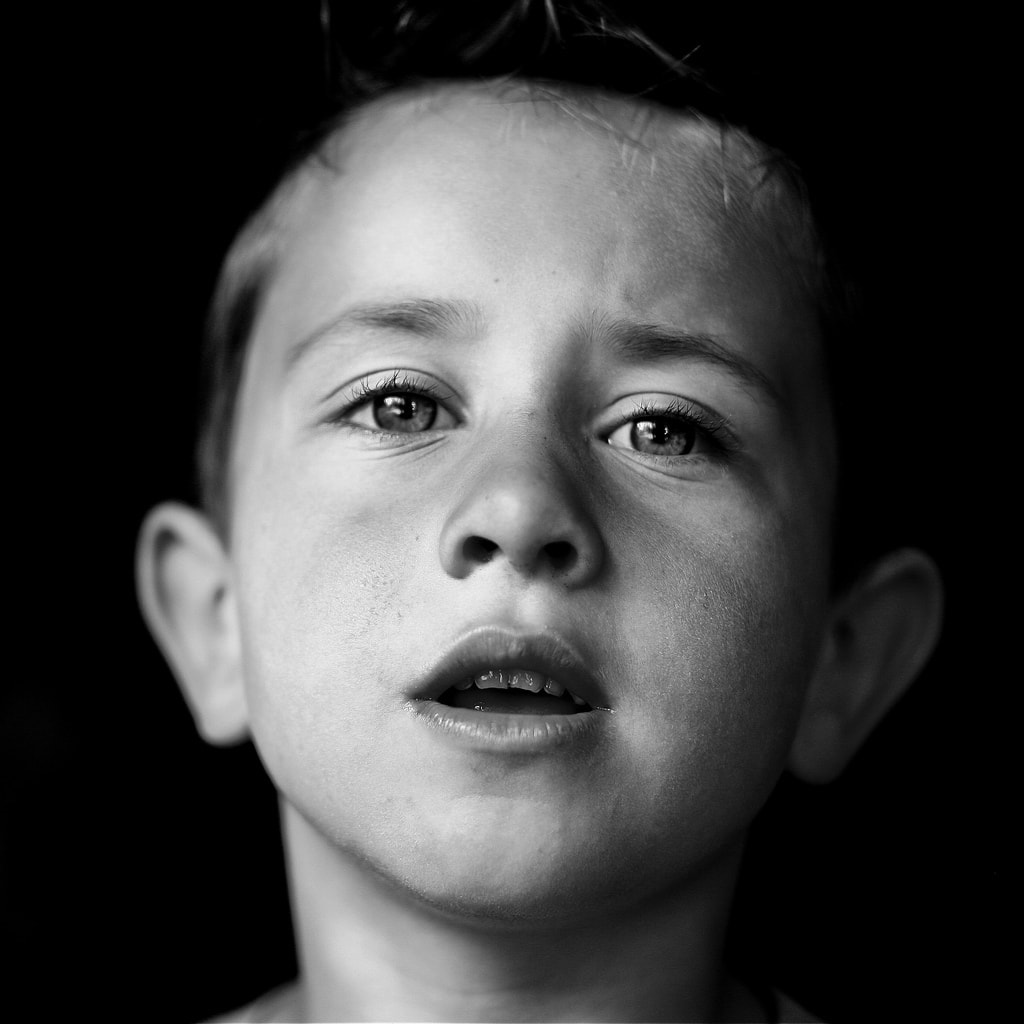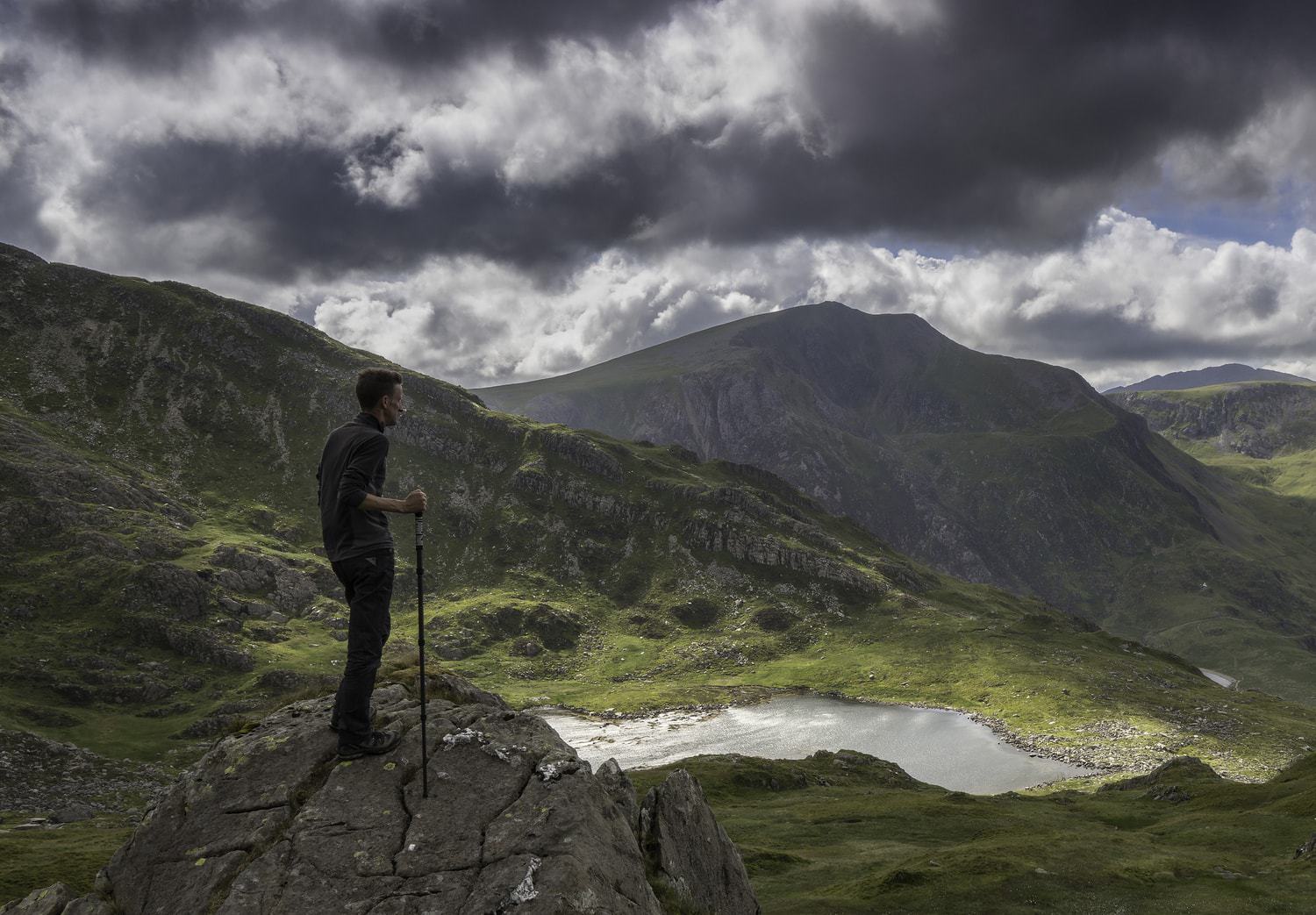When you think about or capture an image, there is always an objective, a motive or a will to retain that image and not another. There is always a bias, there is always something subjective and conditioned by your gaze. Behind a photograph, whether you are aware of it or not, there are many decisions , or at least there should be. Because these decisions behind the image are what differentiate you from someone who is not interested in photography at all and who only wants to document an instant. I am sure that this is not your case, that behind any of your images there are many decisions; I'm sure, because if you follow this blog it's because you love photography ?
Now, is the background in your thoughts when you choose a motif, an image? No? Well, with this article we are going to try to always, always, always have it in your thoughts before pressing the shutter.
But before continuing, I recommend you delve into photographic composition and find out all the essential tips and tricks through this mega guide that we have prepared for you.
WHAT IS THE BACKGROUND?
Background is everything that surrounds your center of interest (animate or inanimate, animal, stone or human being), background can be big mountains, a wall, a street or a space of color.
But above all, the background is the great forgotten of the photographs. Because? Well, because we are enthusiasts. So much so that most of the time we are able to get emotional with an object or a face losing our oremus, the more we like what we see, the worse, the more we launch ourselves to shoot without thinking. It is after so much emotion, already at home, when you realize that an arm is sticking out of the head of that face that made you lose your mind, or that the horizon is falling, or that there is a great sign of some fast food place that attracts more attention than that cute couple you thought of portraying.
To avoid such disasters, we start with the first and most important rule:
GIVE THE SAME IMPORTANCE TO THE BACKGROUND AS TO YOUR PROTAGONIST
Being aware of its existence before pressing the shutter is the best way to correct and find the best place to take your image. The background must be your ally at all times, it must highlight the center of interest , it must accompany your protagonist or provide relevant information about him. In short, it should help you make your image the way you want it to be.
YOU CONTROL THE BOTTOM AND NOT THE OTHER WAY AROUND
Once you have become aware of the importance of the fund, the next step is to learn to control it . Sometimes you will be interested in the one behind you, sometimes you will not like it at all. Be that as it may, you should choose the fund that interests you, and never settle. If you don't like what you see, change it.
WHEN TO INCLUDE THE BACKGROUND IN YOUR IMAGES?

The background can be a great ally when taking your images, it can make a flat image fill with depth, it can add drama, contrast or light.
- When the background adds interest to the image.
- When it helps explain the story of your main subject.
- When the background is the objective itself (landscapes).
- When it helps to focus attention on the main reason.
- When it helps you compositionally to improve your image.
HOW TO INCLUDE THE BACKGROUND IN YOUR IMAGES?
Once you have decided to include the background in your photograph, you only have to decide how to do it.
MOVE AROUND TO GET THE BACKGROUND YOU WANT
You may not like that wall in front of you at all, but if you move to the side, you may get a magnificent leafy tree or a weathered wooden door in the background that will completely satisfy you.
CHANGE THE SHOOTING ANGLE
Changing the shooting angle is another way to find new backgrounds through different points of view. You will be surprised how an image can vary with just a slight change in point of view . You can go from photographing your model with an unphotogenic street behind, to photographing him bathed in the blue of the sky.
MOVE TO YOUR CENTER OF INTEREST
As long as you can do it, it's probably the easiest option; Find a background that satisfies you and place the center of interest there.
CLOSE THE DIAPHRAGM
Now that you have decided that you are going to include the background in your images, do not forget to close the diaphragm if you want a good depth of field in your image (more area in focus behind your center of interest).
NEGATIVE SPACE
Negative space is known as all that space or background that surrounds the main motif but which contains little information, so that it does not detract from the main motif, but accompanies it to highlight it.
CONTRAST BACKGROUNDS
Contrast is another way to use the background to bring out both the main subject and the background itself . You can use color, theme or shapes, among others.
HIGH AND LOW KEY BACKGROUNDS
Although it may seem that a white or black background are not backgrounds, they are too. You can get amazing and dramatic images with these techniques. You can see how to do them step by step in this article.

CREATE YOUR OWN BACKGROUND
A simple poster board or curtain can make great backgrounds if you need to create one for yourself. You can even take some large scarves or fabrics with you to your photo sessions so that, in case you don't find a background that satisfies you, you can use them as a background.
A BACKGROUND IN MOTION
Pans and other techniques such as zooming can help you create your own backgrounds by adding interest to your image through movement .
SEEK SIMPLICITY
Especially when you have a very photogenic center of interest, the best way to accompany it is with a simple background; less is more.
LOOK FOR BACKGROUNDS THAT HAVE NO MORE LIGHT THAN YOUR MAIN SUBJECT…
Because if so, it is very likely that you will get burned when you expose your protagonist well.
WHEN NOT TO INCLUDE THE BACKGROUND IN YOUR IMAGES
There will be times when you don't want a background in your image, you may have already moved through all possible places and angles and still you still can't find a suitable background for your image, or you simply don't feel like including one for some of these reasons:
- When the background subtracts prominence from the center of interest (for example, a background with too much information where your protagonist gets lost).
- When you find neither A nor B any funds that interest you.
- When the light or exposure difference between your main subject and the background is too great and one of the areas of your image you anticipate will be exposed incorrectly.
- When what the background teaches harms the idea you want to convey with the choice of your protagonist. For example, if you want to convey loneliness, maybe it's not a good idea for two tourists to be seen playing spades on the beach in the background of your image ?
- “Too” interesting backgrounds , because they will detract from your main subject. If they are so interesting, you can always make them go in the background to the main reason of your image.
HOW NOT TO INCLUDE THE BACKGROUND IN YOUR IMAGES
CLOSE (OR FILL) THE FRAME
The easiest way to eliminate an annoying element is to hide it or make it disappear, and to make a background disappear, the easiest thing to do is to vary the composition and close the frame , getting closer to our center of interest.

OPEN THE DIAPHRAGM
When you use very wide diaphragm apertures (f/1:4, f/1:8, etc.) apart from having more light in your images, you will reduce the depth of field. This means that the backgrounds of your image will be out of focus . The more you open the diaphragm, the more blur your images will have.
USE LONG FOCAL LENGTHS
A telephoto lens has the ability not only to get closer without having to move, but also to isolate the protagonist from the background image, making him stand out above him.

COMMON MISTAKES TO AVOID
- That the horizon does not "fall off" and that it does not "cut off" any head.
- Keep in mind the color , some will enhance your image and others will not.
- Do not forget the basic composition rules .
- Be attentive to possible distracting elements (a branch protruding from the head, someone unexpectedly entering your frame...)
- Take care of the lines ; They are powerful competitive elements, but misused in the background, they can completely lose your protagonist's attention.
- Don't be afraid to use the background; a well-used background can add a lot of interest to your image.
- Not practicing enough ?
Practicing is the only way to realize how important the background is. When a bad background has managed to ruin a few valuable images, you are going to start noticing it and giving it the importance and prominence it deserves. I have no doubt that if you are reading this it is because you are one of the persevering ones, and it is very likely that at this point you have already reached this conclusion calmly and based on errors. Even so, it never hurts to repeat it to yourself from time to time, it's very easy to fall into old habits ?
And you know, if you liked it and/or you think someone else might find it useful -Do you remember that photo in which you looked so good (for once!) but in which your friend didn't see that a an unknown passerby would cuckold you or that branch sticking out of your ear... and the photo went from being a great profile picture for all your favorite networks to being something you keep under several passwords on your hard drive... ? – Share it on Facebook, Twitter or Google+, or on all three at the same time ? And as always… Thank you very much!


